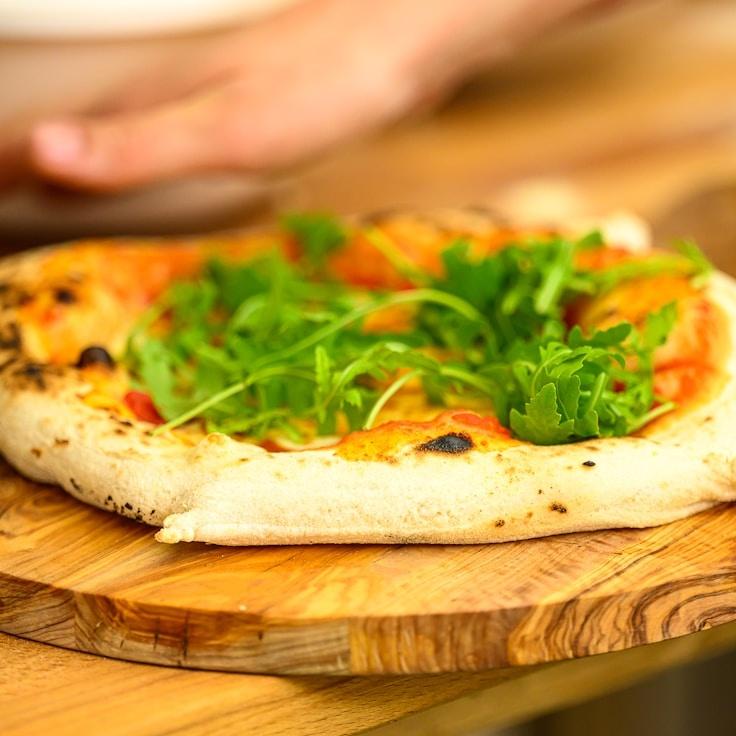Here at SharedSquare Pizzeria, we're of the view that extraordinary pizza begins with extraordinary dough. Having honed our recipe over thirty years, we're keen to divulge a few of our dough-making keys to success. Although our precise recipe is a closely guarded secret, these guidelines will enable you to replicate pizzeria-style pizza dough within your own abode.
Choosing the Right Flour
The cornerstone of first-rate pizza dough is premium flour. 00 flour, an ultra-fine Italian variant with a moderate protein percentage (about 12%), is our go-to choice for achieving an optimal mix of elasticity and softness. In the absence of 00 flour, a viable alternative is bread flour, which may yield a marginally altered consistency.
Optimal Water Temperature and Dough Hydration
The water you use has a direct impact on how fast your dough ferments and its textural development. For extended fermentation that enhances flavor, opt for chilled water at approximately 45°F (7°C). Plan on a faster fermentation? Warmer water near 85°F (29°C) should be utilized. When it comes to hydration levels, aim for a 60-70% ratio of water to flour to suit most domestic ovens.
Fermentation: Less Yeast, More Time
A key to rich-tasting dough is the restrained use of yeast coupled with prolonged fermentation periods. We use a mere 0.2% fresh yeast in relation to our flour weight, allowing our doughs up to 24-48 hours of fermentation time. This gentle process nurtures the flavor complexity while producing dough that's more digestible.
Salt's Contributing Role
Beyond flavor, salt fortifies the gluten structure and moderates the fermentation rate. Use fine sea salt at a quantity of 2.5-3% of your flour's weight. Integrate it after the initial flour-water amalgamation to prevent it from immediately contacting the yeast.
Mastering the Fermentation Process
Post-mixing, allow your dough to undergo bulk fermentation at a standard room temperature for 2 hours before dividing it into individual portions. Store these portions in lidded containers and refrigerate for a span of 24-72 hours. It's during this interval that cold fermentation works wonders, with enzymes breaking down carbohydrates into sugars, contributing both to the taste and the coveted crust goldenness.
Delicate Dough Handling
When you're ready to bake, take your dough out of the fridge 1-2 hours ahead of time to warm. When shaping, be gentle to retain the built-up air pockets. It's better to stretch and press the dough with your fingers rather than rolling it out, which can deflate the dough.
Top-Notch Baking Heat
Our professional wood-fired ovens reach an impressive 850°F (454°C), but typical household ovens usually max out at around 550°F (288°C). To compensate, preheat a pizza stone or steel for at least one hour to mimic that potent bottom heat which produces a crisp exterior and an airy core.
The craft of pizza dough perfection is ongoing. Every batch is an opportunity to learn more and refine the process. Jot down your experiences, tweak elements, and find out what yields the best results in your kitchen's unique environment.
To witness our dough crafting firsthand, consider attending one of our monthly pizza workshops where Chef Julian will exhibit these steps in detail. Be sure to check our events calendar for the next available session!

